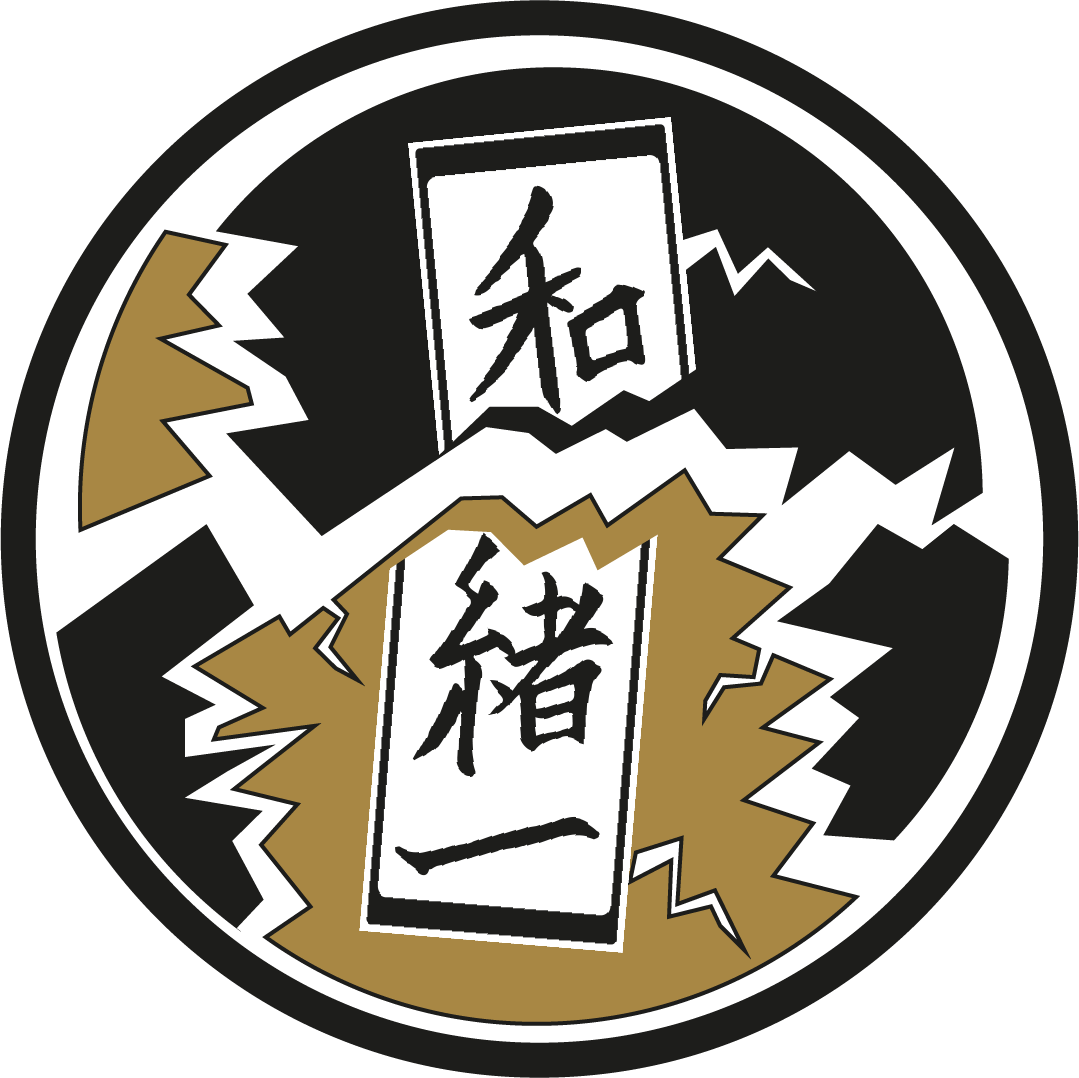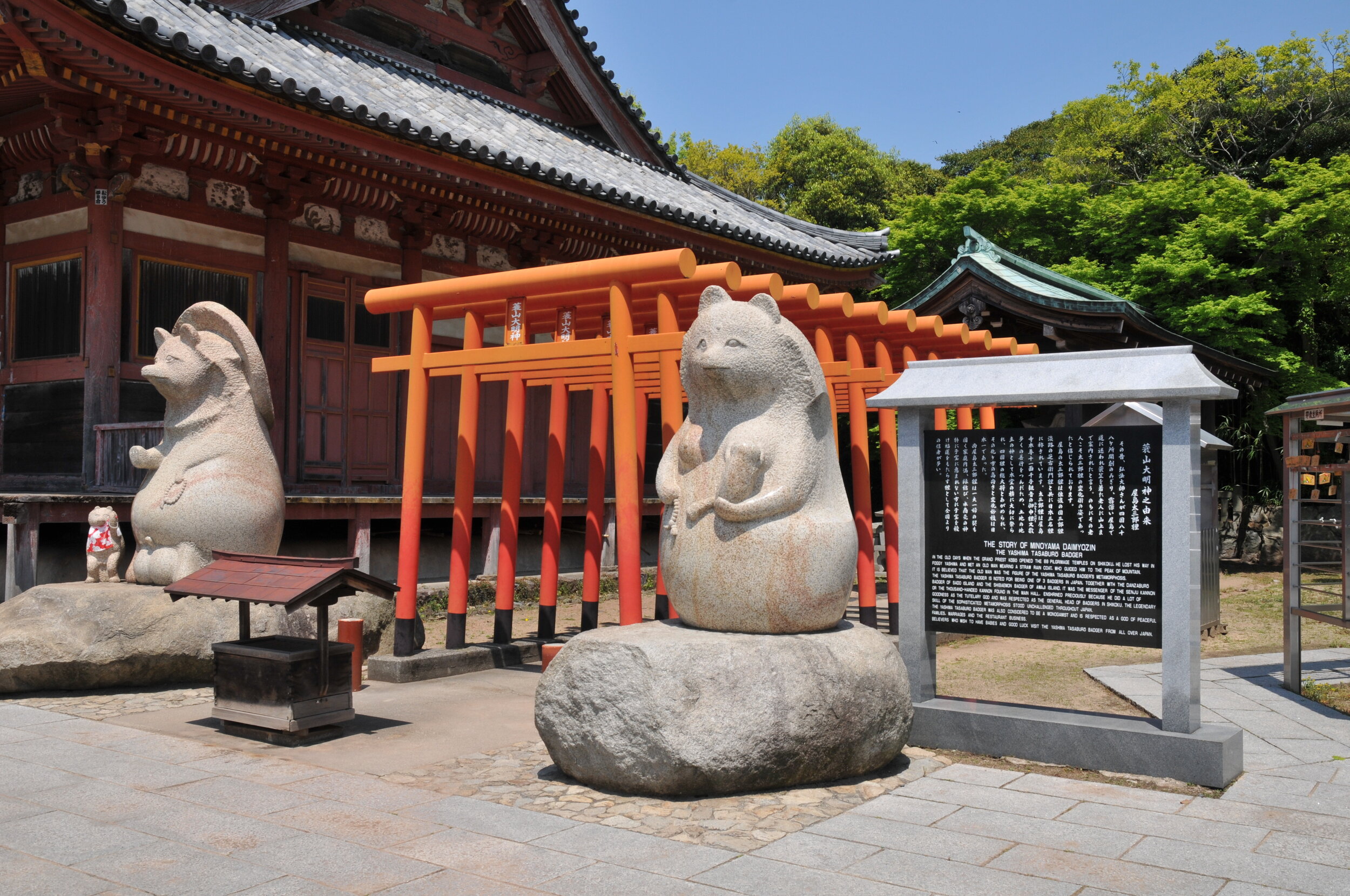Shikoku
Awaodori, an intangible cultural of Shikoku. Tokushima Japan, 2017. ©Awaodori fools
Shikoku (四国), meaning four provinces, was named this way because of the old political division of the island into 4 distinct domains: Awa, Sanuki, Iyo, and Tosa. During the Meiji period, while the country was trying to level with the Western superpowers, the domains were replaced with four prefectures, respectively: Tokushima, Kagawa, Ehime and Kōchi.
Sakamoto Ryōma, 1867.
The region and its landlords have had an important role in Japanese history, especially during the end of the Edo period and the civil war that led to the restoration of the Emperor and the westernization of the country. Sakamoto Ryōma, a low rank samurai from the Tosa domain, decided to rebel against the feudal regime and join forces with the Satsuma and Chōshū clans of South Kyūshū to subvert the shogunate deemed unfit to protect Japan from the Western pressure. Their action was successful, and Shikoku became a vanguard region for industrial development.
Shikoku is known for its wheat production and the best udon (thick noodle soup) of Japan is said to be the one prepared in Kagawa. It is called Sanuki udon as an homage to the old prefecture name. In Shikoku is situated one of the most famous Buddhist pilgrimage sites with its 88 temples scattered across the island. This pilgrimage is said to have been started by two monks of the classical period that went to the island for an ascetic practice: En no Gyōja and Kūkai, the founder of one of Japan’s oldest and most important Bhuddist schools, Shingon.
Minoyama-daimyojin Shinto shrine in Yashima-ji, the 84th temple of the Shikoku 88 temple pilgrimage. ©Reggaeman
Shikoku is also home to many folk stories, which usually narrate the troubles of monks constantly challenged by supernatural beings (yōkai 妖怪) such as tanuki (raccoon dogs) and snake women.
Written by Marty Borsotti


